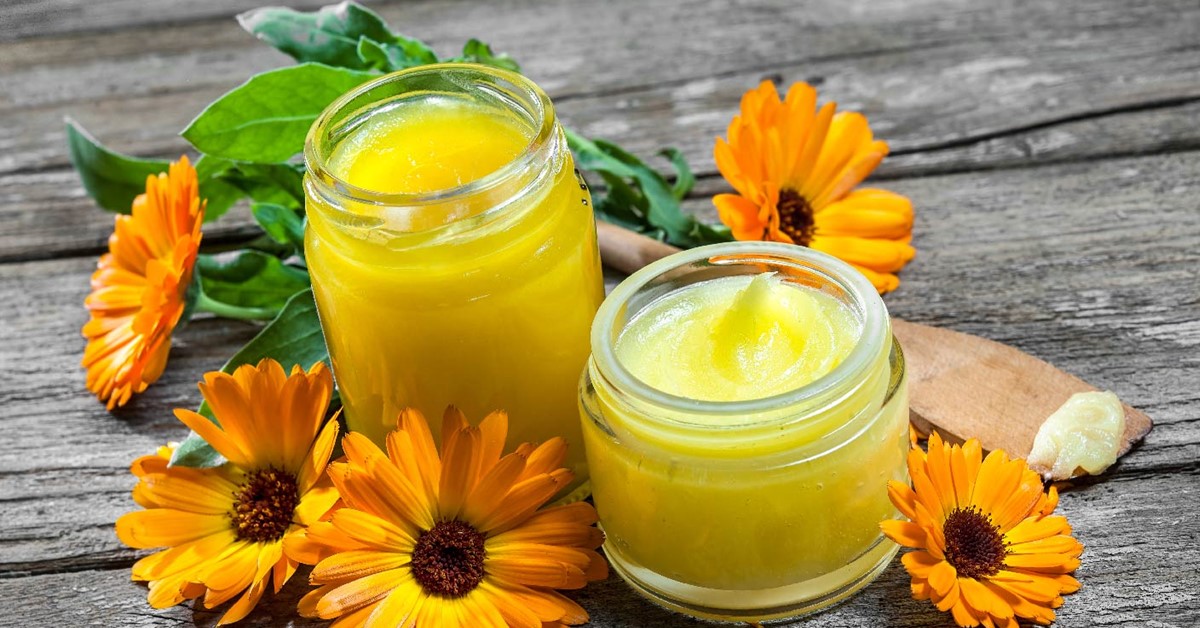
What Is An Ointment?
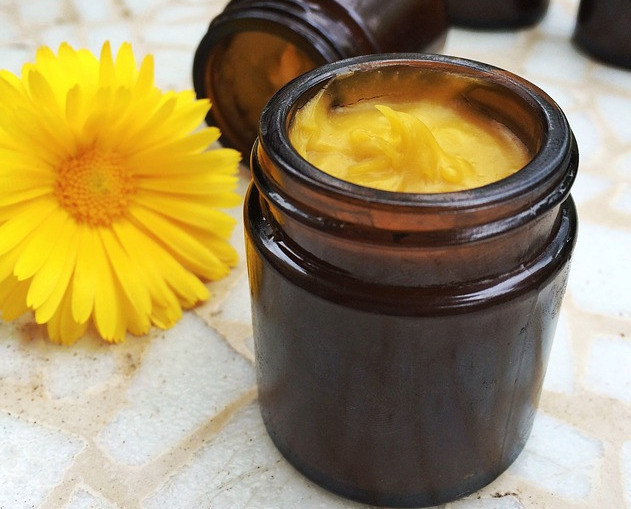
Nowadays, there are many types of varieties of ointments. It is important to know their fundamental difference with creams due to the absence of water in their composition, which is why they last longer. Homemade preparation is fun, and it´s also really creative, that´s one of the reasons why I would like to explain how to make ointments easily and cheaply.
Let´s go for it!
1. What is an ointment and preparation
An ointment is a pasty solution composed of 100% of a mixture of oils, fats, or both, which may or may not be macerated with plants, and it is kept in a semi-solid state at 25º. It´s prepared with ¨fats¨ although commercial ointments replace them in many cases with hydrocarbons, one of the reasons why I recommend you to watch out!
The best known of them is the ¨Parafinum¨ whose trade name is petroleum jelly, other synonyms are those of white petroleum jelly, soft paraffin, or Petrolina.
The problem is that petroleum jelly is a mixture of solid and liquid ¨petroleum-derived hydrocarbons¨ (liquid petroleum jelly) loaded with impurities. It gives it a dark yellowish color (yellow petroleum jelly) suitable only for industrial use. The subsequent bleach and absorption of impurities give it its final appearance as a whitish mass, translucent in thin layers, fatty in appearance, unctuous to the touch, tasteless and odorless, or with slight characteristic color.
Although I sincerely want to refer you to prepare homemade ointments with natural ingredients becoming conscious of what you put on your body, and always from a holistic point of view. The 3 main ingredients are:
- Olive oil and Cacao/ Shea Butter
- Beeswax
- Essential oils (flower and aromatic plants)
2. Olive oil and cacao/Shea Butter
2.1 Olive oil
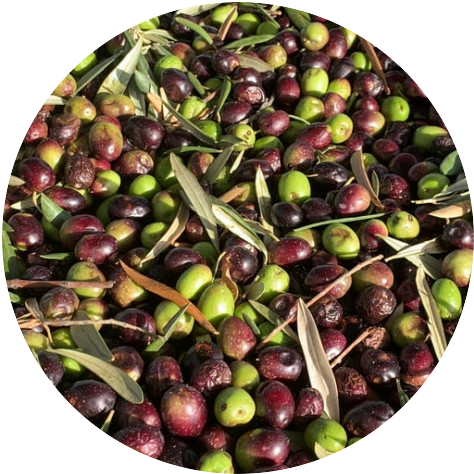 It´s known worldwide that olive oil is extracted from the olive (Olea Europea) which is the fruit of the olive tree, and the composition of this fruit at the time of harvesting is truly variable depending on the variety of olives, the soil, the climate and the cultivation of course.
It´s known worldwide that olive oil is extracted from the olive (Olea Europea) which is the fruit of the olive tree, and the composition of this fruit at the time of harvesting is truly variable depending on the variety of olives, the soil, the climate and the cultivation of course.
Although sincerely I would like to concentrate on ecological olive oil if possible when using it to make ointments. Since it recovers the taste, smell, and traditional physicochemical properties of the oil, to be obtained exclusively from healthy olives and at their point of maturation.
At the same time, we want to respect the environment, using natural products, and avoiding the use of chemical and synthetic products with the potential to harm the ecosystem and people’s health.
2.2 Cocoa Butter
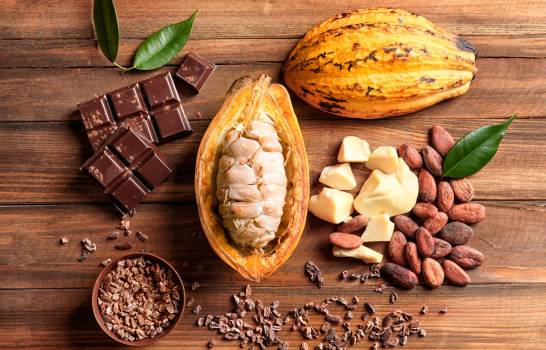 It´s an edible vegetable fat from the cocoa beans extracted during the chocolate manufacturing process separated from the cocoa mass by pressure. It has various benefits for skin and hair care being a great source of vitamin E.
It´s an edible vegetable fat from the cocoa beans extracted during the chocolate manufacturing process separated from the cocoa mass by pressure. It has various benefits for skin and hair care being a great source of vitamin E.
So remember that cocoa butter is stimulating, activates circulation helping the remineralization of skin tissue.
2.3 Shea Butter
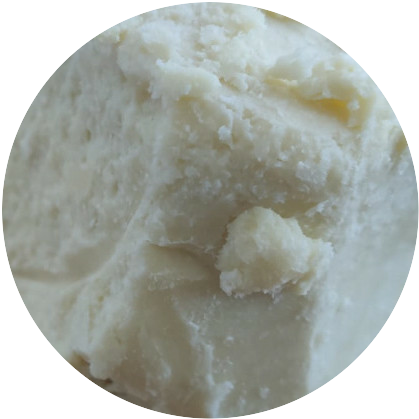 Shea butter is a fatty substance that is obtained from Shea nuts and it´s a natural product born from ¨Butyrospermum Parkii,¨ a Savannah tree that grows in central and west Africa such as Nigeria, Senegal, or Burkina Faso.
Shea butter is a fatty substance that is obtained from Shea nuts and it´s a natural product born from ¨Butyrospermum Parkii,¨ a Savannah tree that grows in central and west Africa such as Nigeria, Senegal, or Burkina Faso.
Its use is closely linked in Afro hair plus it´s also used on the face for its multiple benefits as a regenerator of damaged skin parts and scars. This is mainly due to its high content of vitamin A, D, and E, omega 3, and omega 6.
3. Essential Oils
Essential oils are used to provide aroma, although sometimes they are also improvers. Because when the essential oil is thrown into an oil, it will incorporate the properties of the essences that are applied to it, although I will explain later when they are added plus they have to be checked also if the oil note is high, medium, or low for its corresponding combination.
That´s why I want to explain the notes before you start mixing and adding essential oils to soaps or oils!
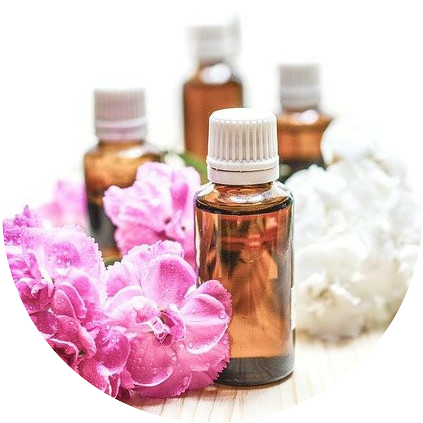
- High notes: are more acidic and fresh with a penetrating, strong, and stimulating smell, being the most powerful group and of which less quantity is used. Ex: lemon, sweet oranges, tea tree.
- Medium notes: have an aroma of great intensity that can be used in more quantity and can last up to 3 days. Ex: Lavender, lemon balm, pine, thyme, orange blossom, rosemary, rose, juniper, geranium, tangerine, ginger.
- Low notes: produce a longer-lasting impression lasting their aroma up to a week, allowing to fix the aroma and delay the evaporation of a fragrance. That’s why they’re used with the middle and high notes. Ex: Cedar, jasmine, marigold, patchouli, rose, ylang-ylang, sandalwood, cinnamon. laurel.
So knowing this it´s crucial that for the essence to be fixed and last, we have to combine the high and medium essences with some low notes. For example, if I want the orange blossom to predominate I add 70% orange blossom (medium) with 30% cedar (low).
4. Beeswax
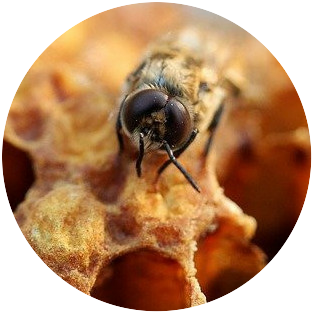 It´s known that beeswax is extracted from honeycombs fulfilling a protective function. Being a substance secreted by the ceriferous jaws of young worker bees.
It´s known that beeswax is extracted from honeycombs fulfilling a protective function. Being a substance secreted by the ceriferous jaws of young worker bees.
Incredible right? And the good thing is that the bees use it to make the structures of the hive, which includes the honeycomb, the real cells, etc.
It´s solid at room temperature, although it melts quickly when heated, emollient, emulsifier, healing, and anti-inflammatory providing consistency and multiple amounts of vitamins. The reason why it is so appreciated in cosmetics and the ¨preparation of ointments¨.
In addition to that, products containing beeswax soften the skin, and it´s recommended not to warm it up above 50ºC since it begins to lose beneficial properties by volatilizing some of its elements at a higher temperature. Knowing all this you surely can´t wait any longer to know how easy it´s to prepare an ointment with these wonderful ingredients.
Let´s go for it!
5. Making an ointment: General formula
Making an ointment is very simple because you only have to melt the beeswax with the oils or cacao/Shea butter at 50ºC of maximum degrees. Being the ratio: one part of wax for every seven of oil, leaving the ointment with a soft texture, although if you want a thicker texture you can raise the proportion of wax in very small amounts (ex: between 1gr and 3gr), and 2 parts of cocoa butter/Shea if you decide to add it.
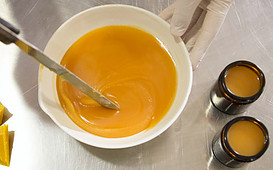 When the mixture has already dissolved in a container and it´s not very warm, the essences are added, then the mixture is moved and it´s poured into an uncovered container letting it rest for a few hours to thicken little by little.
When the mixture has already dissolved in a container and it´s not very warm, the essences are added, then the mixture is moved and it´s poured into an uncovered container letting it rest for a few hours to thicken little by little.
How you can see It´s as simple as this, so I encourage you to make ointments easily, the way you want, plus adding the smells you like the most by getting the ingredients yourself and looking after your skin plus your body. So as a gift to encourage you to get these ingredients and make your ointments easily. I would like to share this great formula:
- 60gr of organic virgin olive oil
- 20gr of Shea butter/ cocoa
- 8gr of beeswax
- 5 drops of lavender essential oil
I hope you enjoyed this article and if you have any questions, you can ask me anytime!
Love always,
Mónica :-))
Recent Posts
- Women’s Health And Menopause
- How To Eat A Healthy Breakfast
- Best Anti-inflammatory Foods
- Turmeric-The Queen Of Spices
- Yoga Classes/Contact